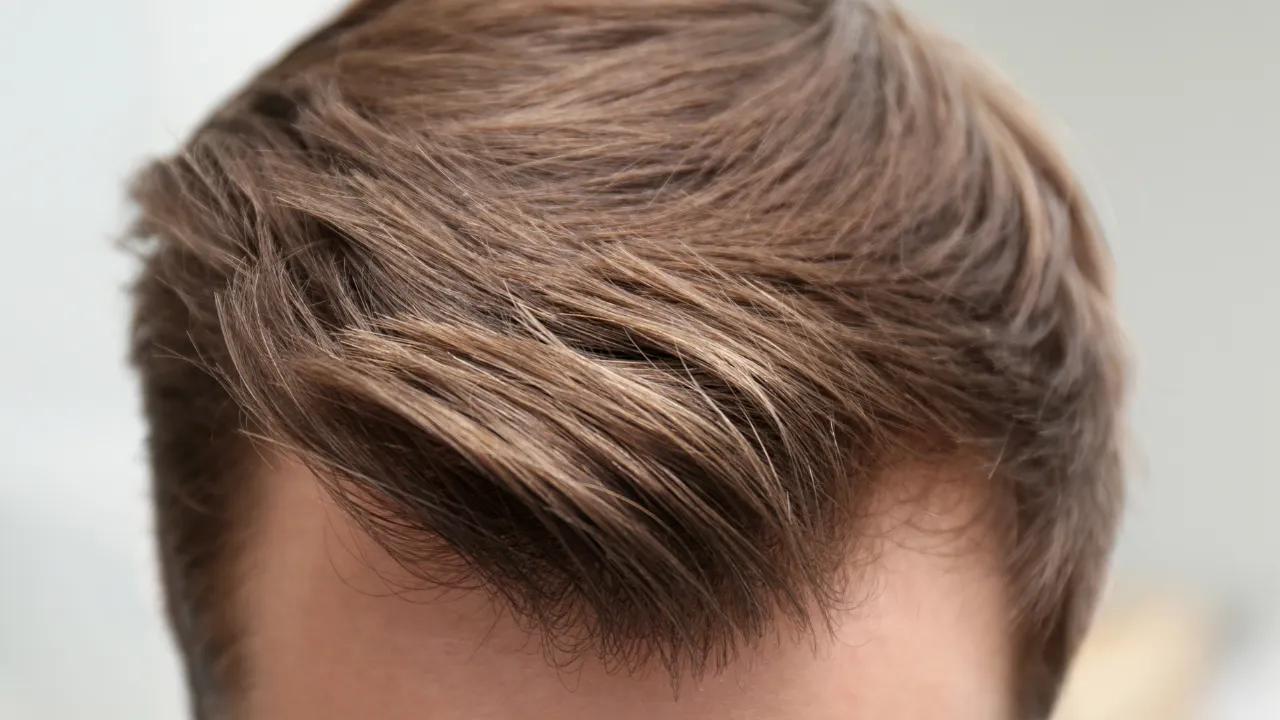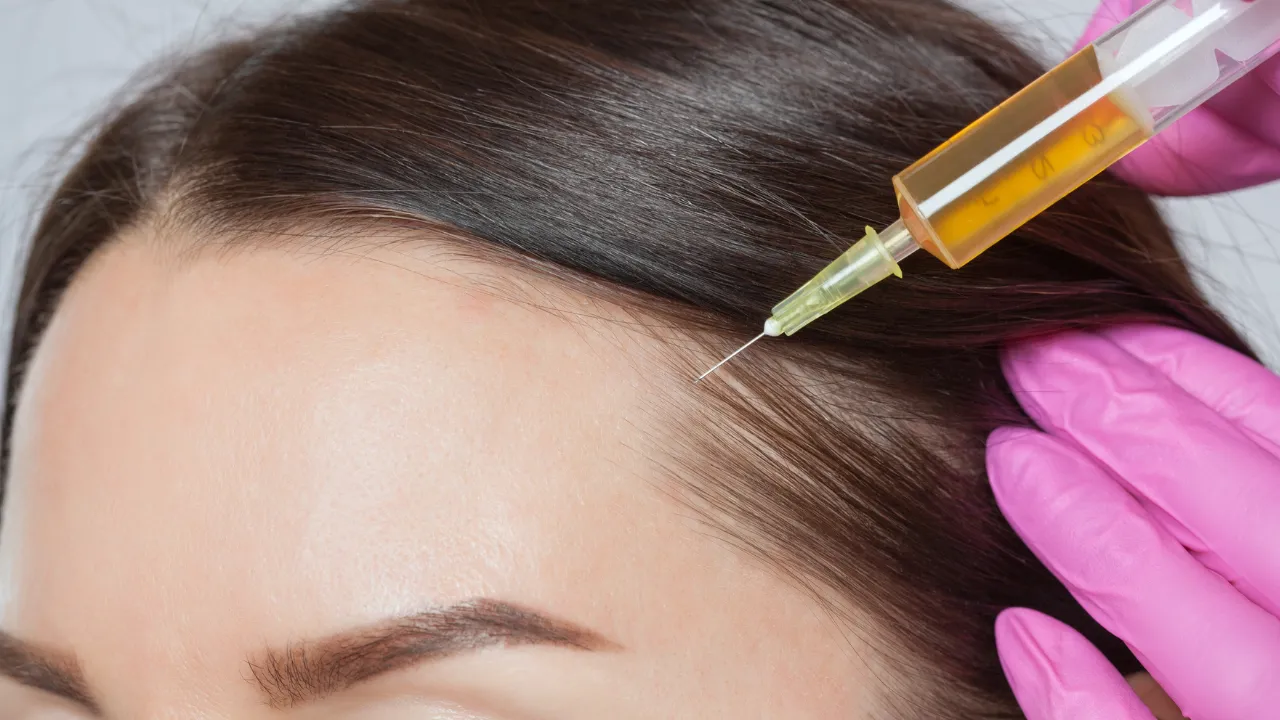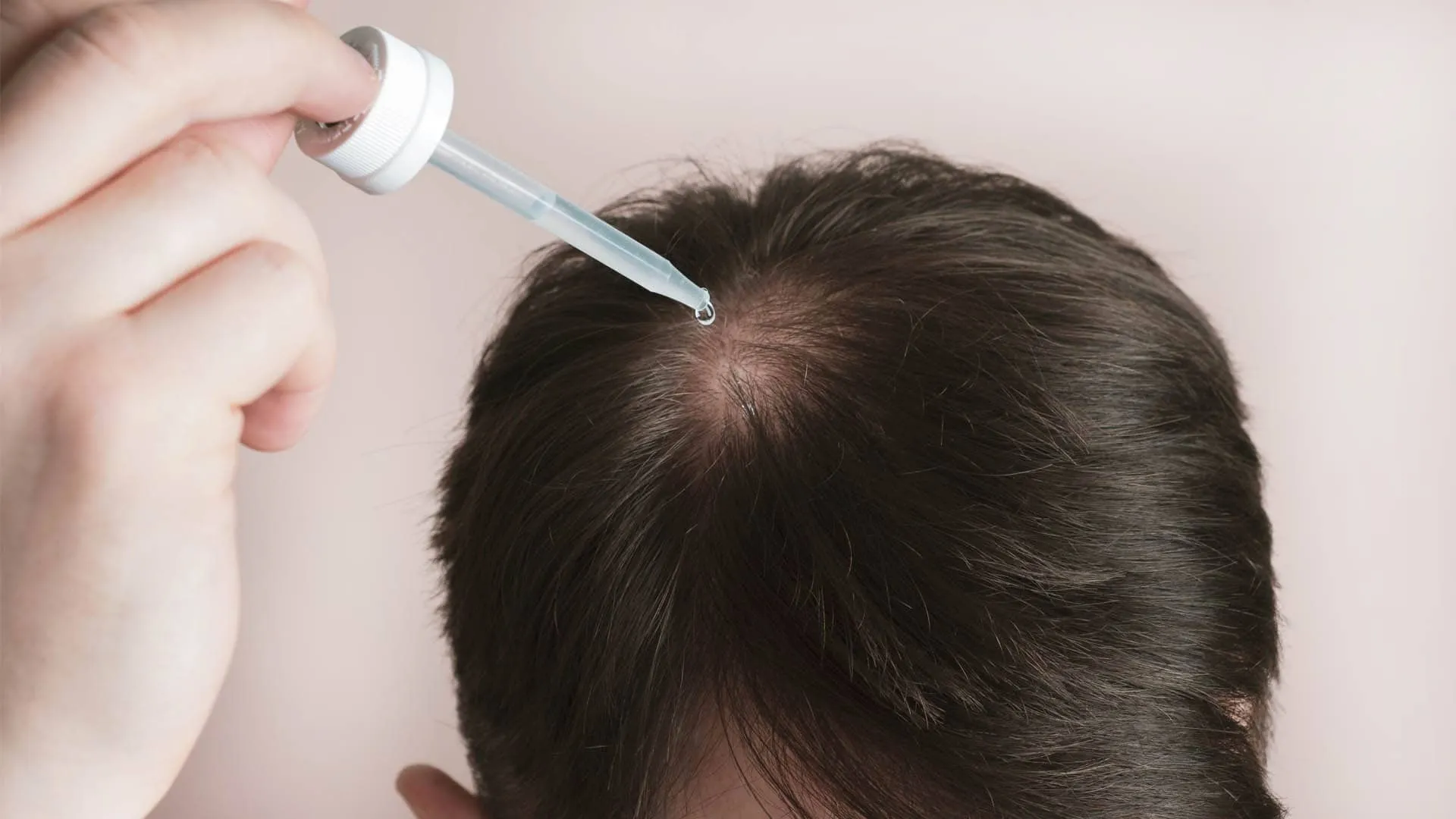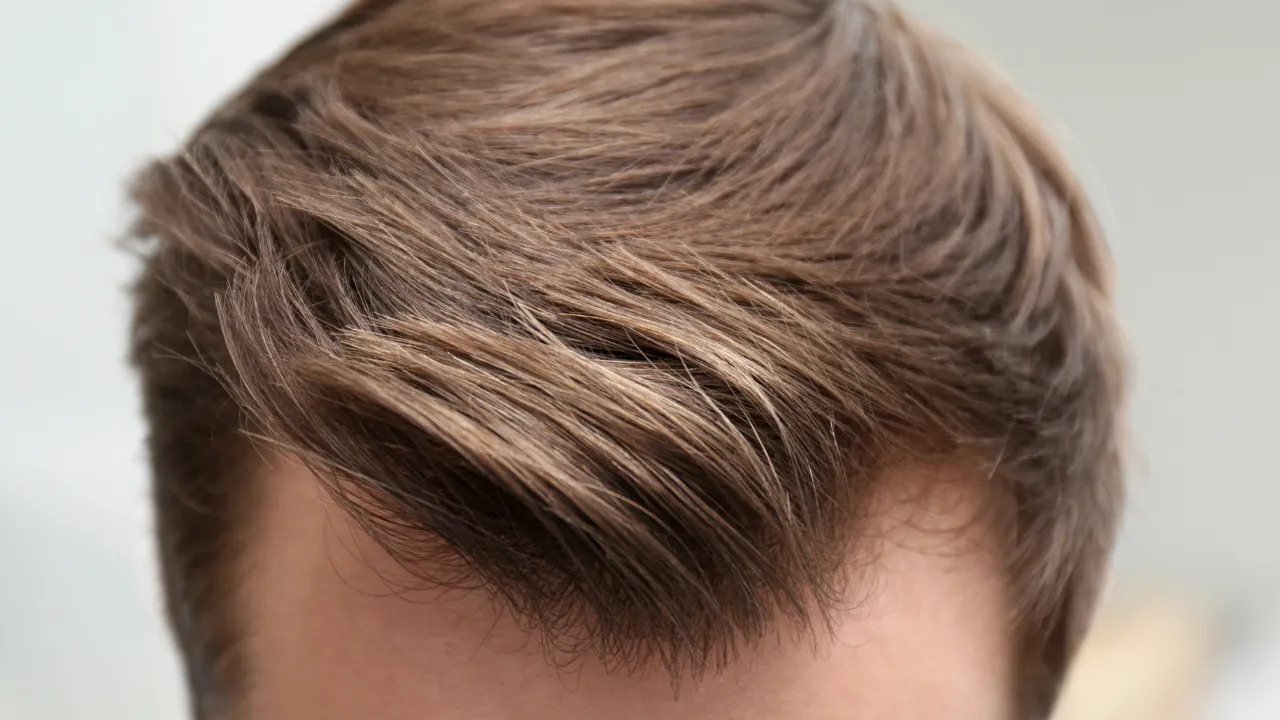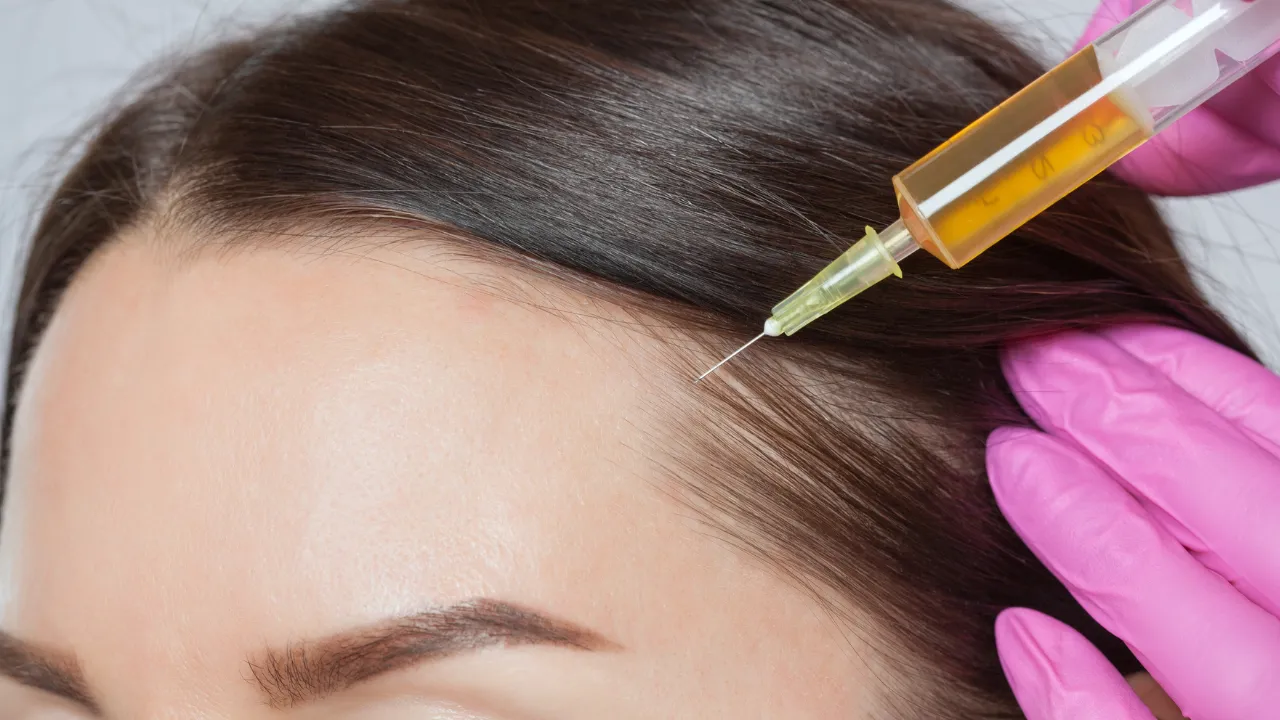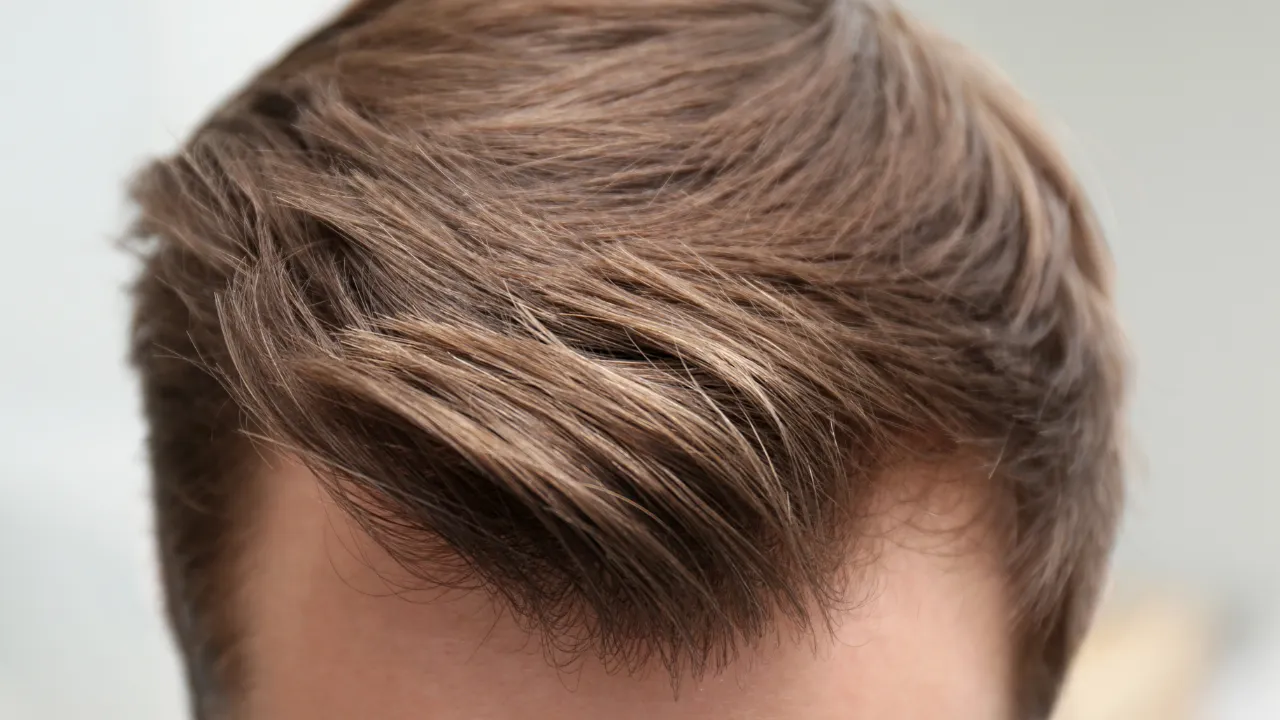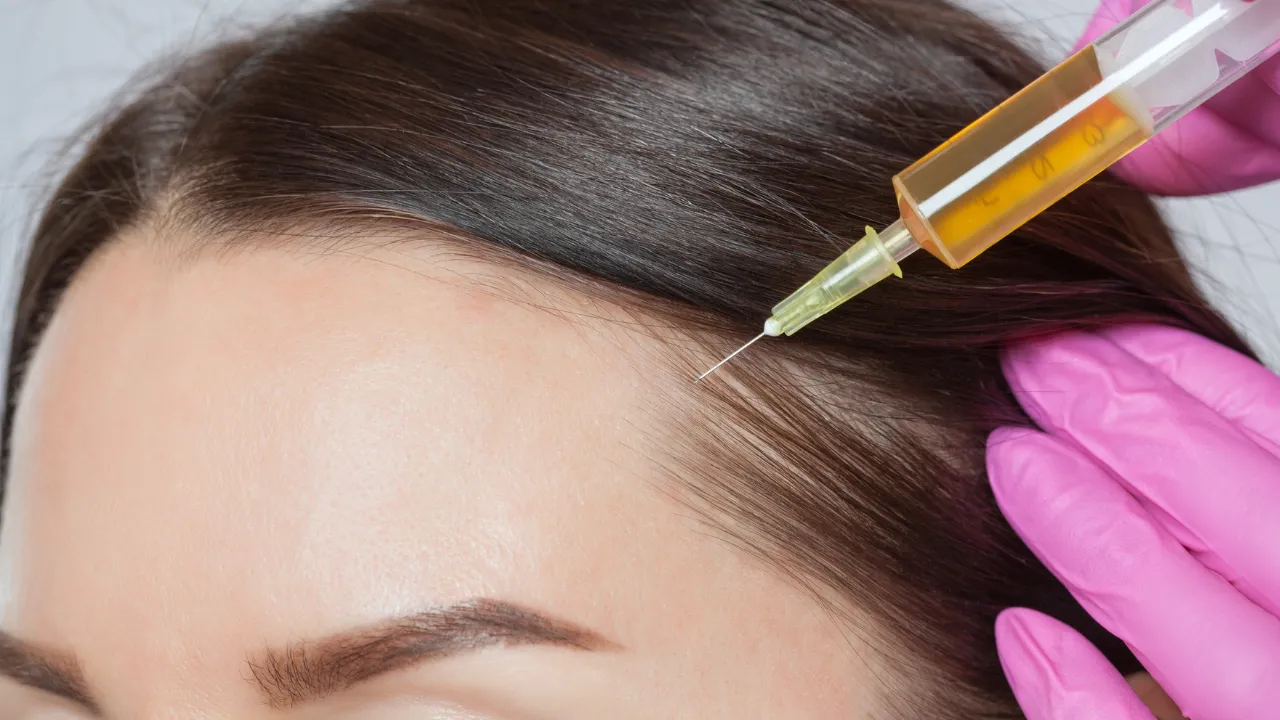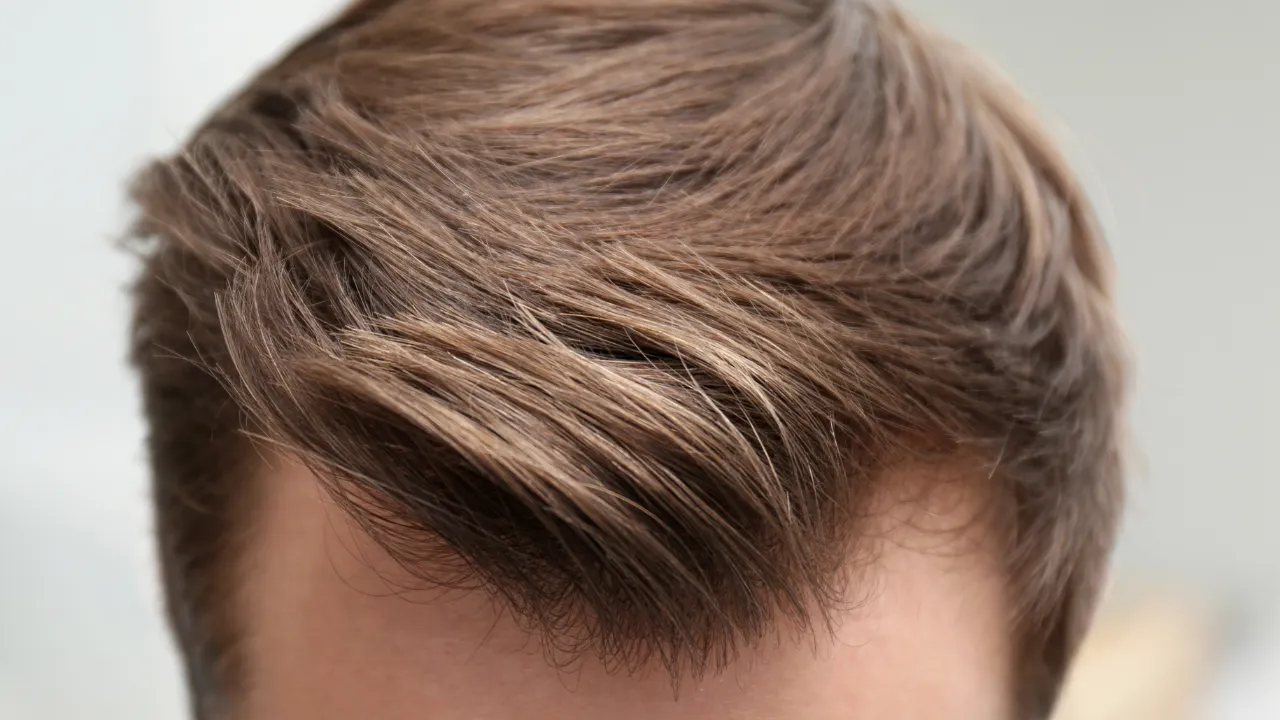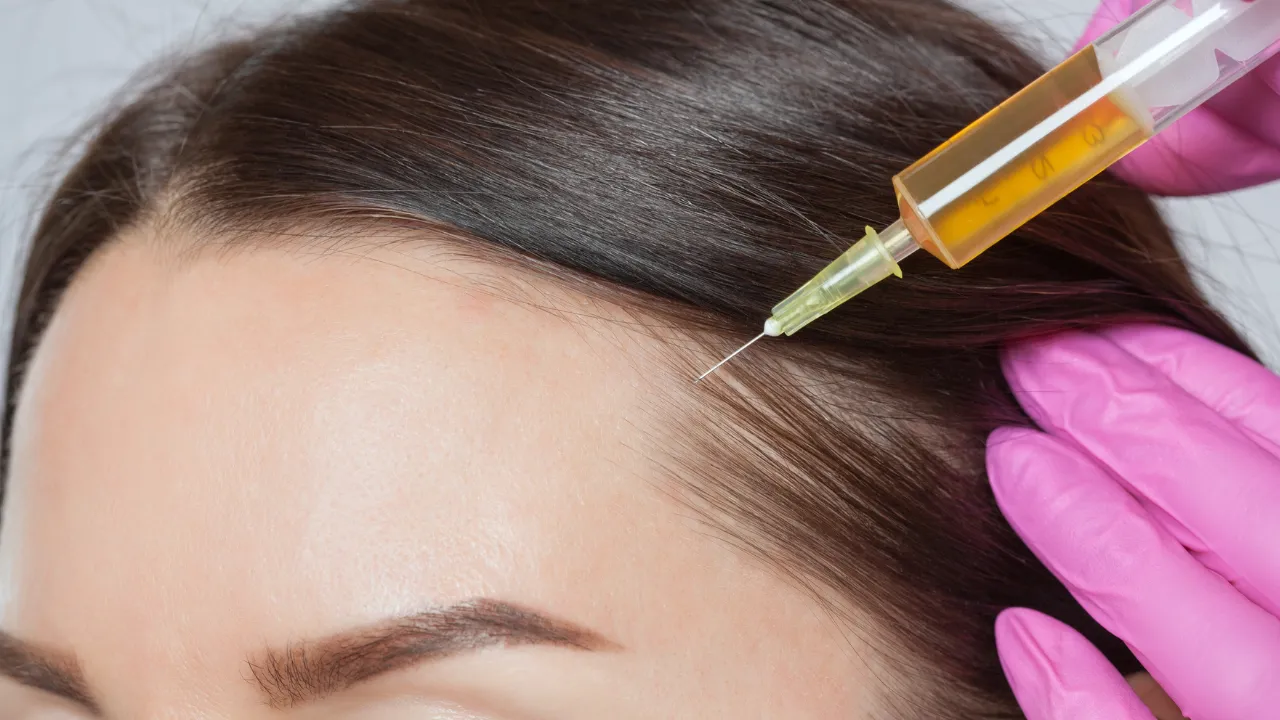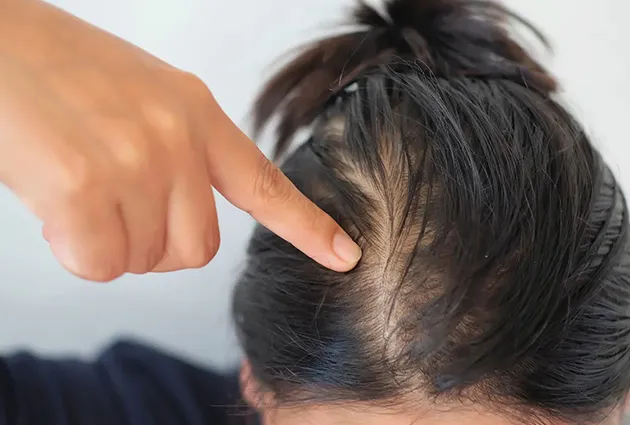Hair restoration focuses on restoring thicker, fuller hair to enhance your appearance and boost your confidence. Whether you’re dealing with thinning hair or hair loss, our expert team, led by Dr. Joel Kopelman and Dr. Ross Kopelman, offers state-of-the-art hair transplant procedures and innovative hair growth therapies tailored to meet your unique needs. With extensive experience in treating hair loss, including women’s hair loss, we provide personalized care and exceptional results to help you achieve the look you desire.
Posted on
Individuals with stable hair loss patterns are preferred, as ongoing hair loss might necessitate additional procedures. Consulting with a hair surgeon specialist is crucial to determine candidacy based on individual circumstances and goals.
Many people take inspiration from celebrities with hair transplants who’ve openly shared their transformation stories.

Types of hair replacement surgery:
Non-Surgical Treatments:
Cosmetic Solutions:
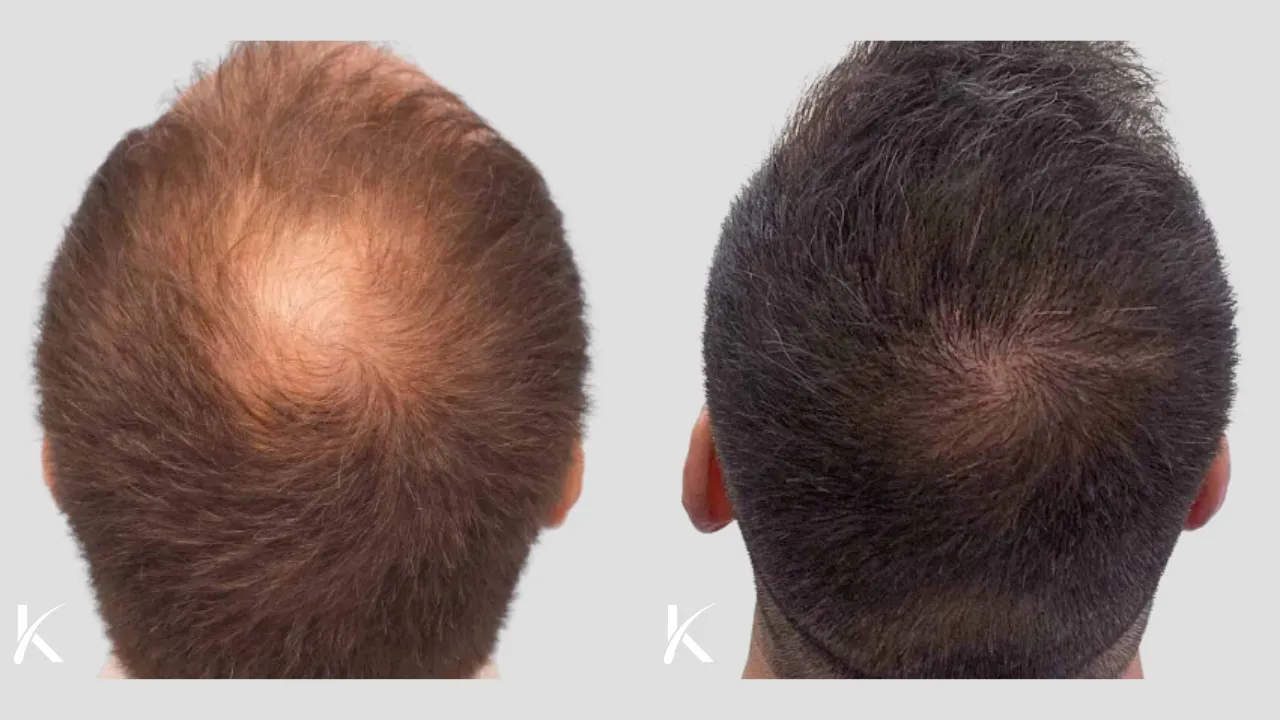
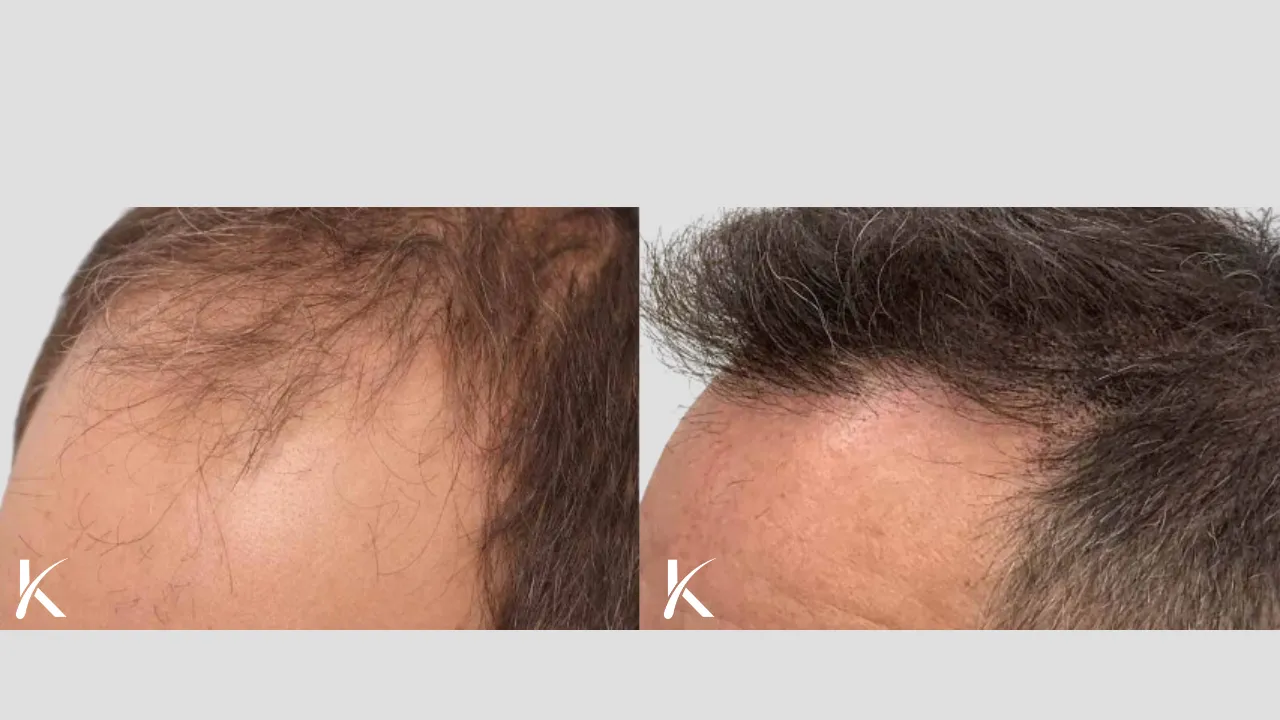
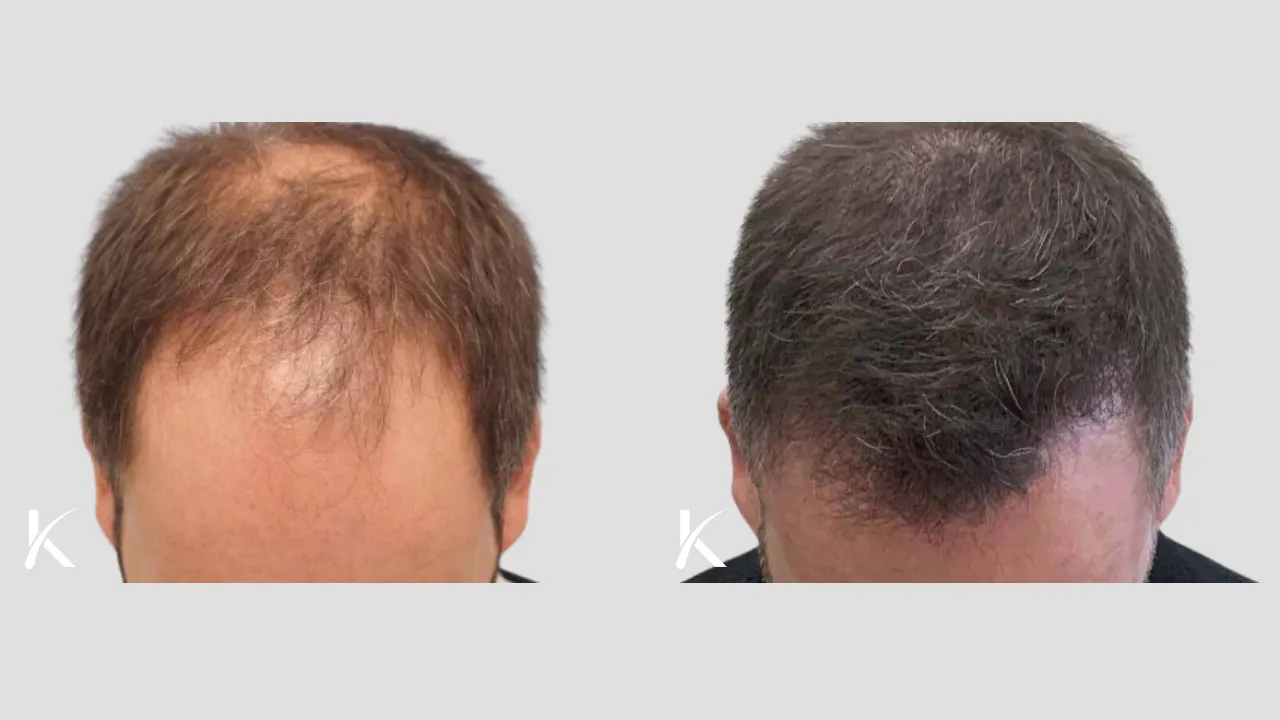
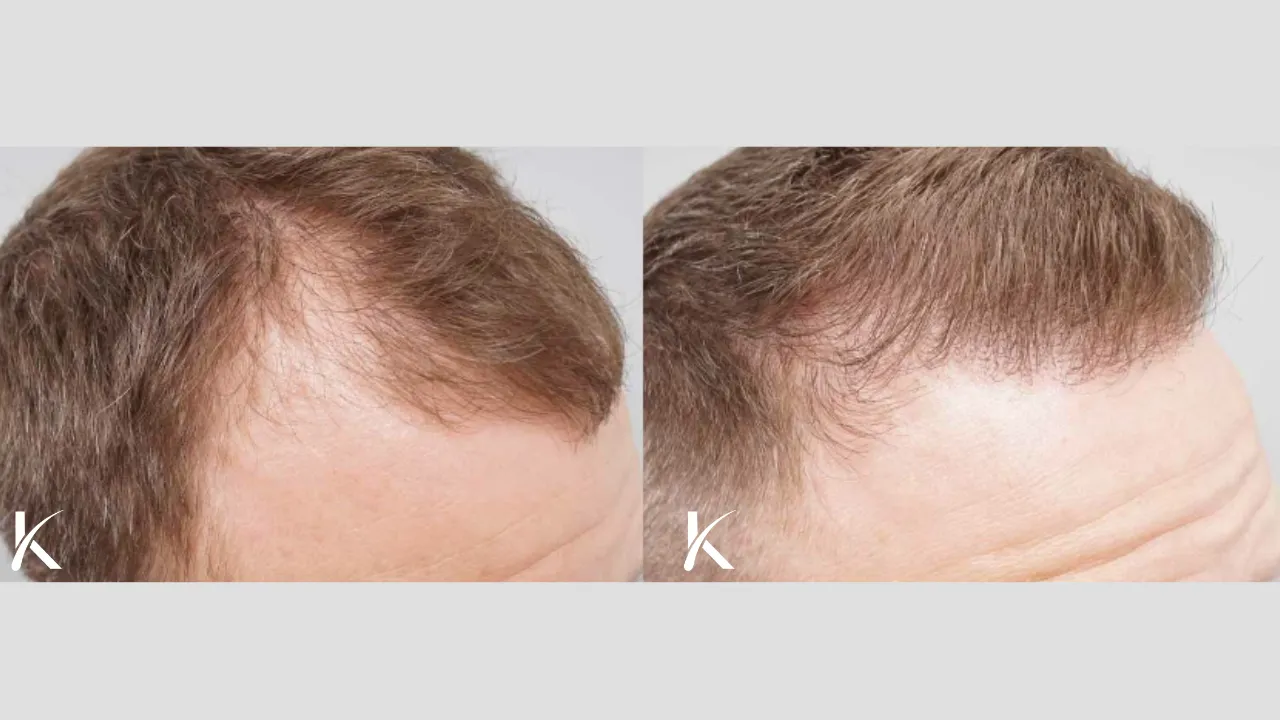
The process begins with a consultation where the surgeon assesses the patient's hair loss, discusses goals, and plans the treatment.
On the day of the surgery, the donor area (usually the back or sides of the scalp) is trimmed and cleaned. Local anesthesia is administered to numb both the donor and recipient areas.
The extracted hair follicles are carefully inspected, sorted, and prepared for transplantation.
Small incisions or holes are made in the balding or thinning areas of the scalp, following the natural hair pattern.
The prepared follicles are meticulously implanted into the incisions. Each follicle is placed considering the natural hair growth direction and angle.
The scalp is cleaned, and post-operative care instructions are provided. Patients may experience redness, swelling, and minor discomfort for a few days.
Transplanted hair may shed within the first few weeks, which is normal. New hair growth typically begins within 3-4 months, with full results visible in 12-18 months.
See how results evolve from day one to a full year in this detailed hair transplant timeline.
Regular follow-up appointments ensure proper healing and monitor progress.
Hair transplant surgery, whether via FUT or FUE, offers a permanent solution to hair loss, with careful planning and execution leading to natural-looking results.
The cost of a hair plastic surgery varies based on factors like the type of procedure, the extent of hair loss, and the clinic’s location. Generally, Follicular Unit Extraction (FUE) can range from $15,000 to $25,000, while Follicular Unit Transplantation (FUT) may cost between $15,000 and $20,000.
